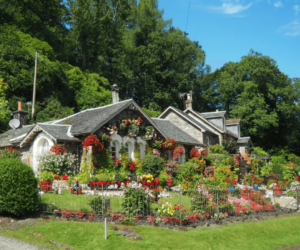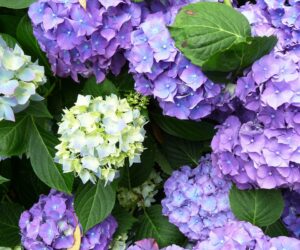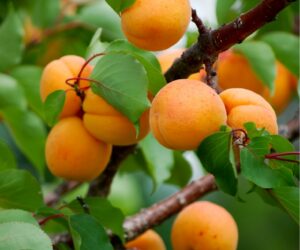Whether you’re trying to grow food to help sustain your family or endeavoring to become self-sufficient on a small plot of land, you’re in for the experience of a lifetime. Growing a garden is a lot of work, but learning how to plant and maintain your own food plot will be much easier.
Start by purchasing the right equipment, and prepare your soil. Then, choose the best crops to make the most of your available land. Just remember, growing your food is only half the battle because once you have crops bearing fruit, it’s time for harvest.
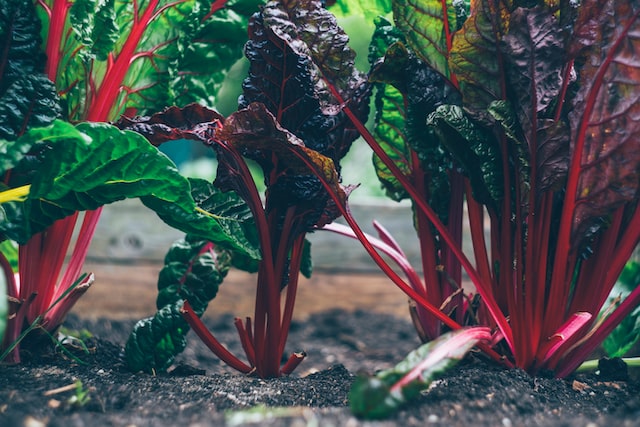
Start By Purchasing the Right Equipment
If you lived in the perfect climate with the right soil, you could grow enough food to sustain your family on a few acres. However, since many people aren’t that lucky, they need more acreage, and to work that much land, you need a tractor.
You’ll also need a few good tools, like a shovel and rake. Smaller equipment like broadcast spreaders and rototillers will make big jobs more efficient, even when working on a small piece of land. Make sure you have a heavy-duty wheelbarrow or garden cart for hauling compost and mulch.
In some areas, you will need a garden fence to keep out pests like deer and rabbits. Growing food is hard work, and these pesky herbivores can quickly destroy it.
Preparing the Soil
Good gardening starts with soil preparation. In the spring, you’ll probably spend hours on your tractor, tilling in compost and manure to enrich your soil and prepare it for planting. First, test your soil, then add fertilizers and other amendments to give your plants the nutrients and pH balance they need to thrive.
If your tractor doesn’t already have one, you should consider getting a John Deere tractor canopy to avoid getting soaked by the spring rains. A tractor canopy will also come in handy to protect you from UV rays during the summer. In fact, a canopy makes unkind weather much more bearable throughout the growing season.
Once you’ve loosened the soil and added fertilizers, it needs to be leveled. Then, get it ready for planting by making a few more passes with your tiller.
Planting Your Food Plot
Planting is one of the best parts of growing food. It all starts with selecting the right types of crops to grow and then selecting seeds and plant starts that are well-suited to your region.
One of the best ways to select garden seeds is to find a local seed grower. Many small seed companies focus on open-pollinated and heirloom varieties, and after the first couple of years, you can save your own seeds. Saving your own seeds saves you money and lets you select particular characteristics you like. Then, over the period of several years, you can develop strains of vegetables that are better suited to your climate and personal preferences.
When it comes to planting vegetables, remember that more isn’t always better. Plants need space to thrive so they don’t have to compete with each other.
Maintaining Your Food Plot
During the growing season, your life will be all about weeding, thinning, watering, and repeating. Keep your plant beds weed-free, so your vegetables don’t have to compete with weeds for water and nutrients.
Using mulch can save you enormous amounts of time by eliminating weeds and keeping your garden from drying out. No matter what type of soil you have, mulch will improve the structure because it will eventually break down. With mulch, sandy soils can hold more water, and clay soils get less compacted.
Your garden plot will also need fertilizer throughout the growing season. Add fertilizer every three to four weeks, depending on what type you use. With proper amounts of fertilizer, your plants will grow more vigorously, produce more, and be more disease-resistant.
Keep a close eye on your garden plot to ensure that pests and diseases aren’t destroying your plants, and take action when necessary. Different regions of the country are more susceptible to certain types of pests and plant diseases, and it’s a good idea to learn about common pests in your area.
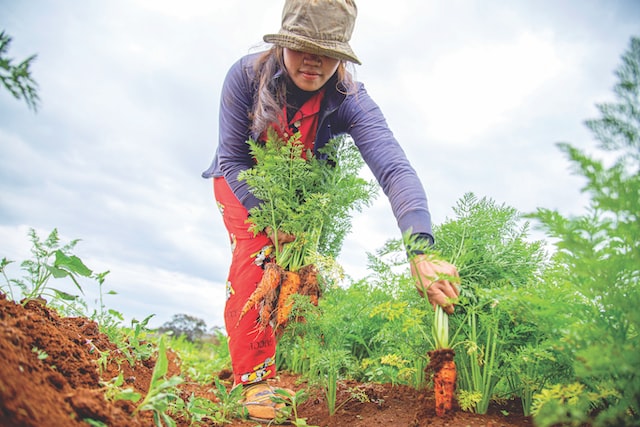
Harvesting Your Food
Plants will mature throughout the growing season, and you’ll have to act quickly to harvest ripe fruits and vegetables. The goal is to grow more than you can eat so that you can set food aside for the winter, so be prepared to store it.
You can store food from your garden in numerous ways. Dehydration, canning, and freezing are the most common storage methods. Crops like green beans can be preserved in all of these ways, but other crops, like pickling cucumbers, need to be canned.
Invest in a large canner and food dehydrator. You should also consider taking courses in food preservation through your local extension office because safe food preservation is critical for your family’s health.
Enjoy Your Harvest
The experience of planting and maintaining your own food plot can be rewarding in many ways. Your health will benefit from physical activities and nutritious fruits and vegetables. In addition, growing your own food can save money, bring your family closer, and help you connect to nature.
As you continue on the path of growing your own food, your experiences will help you be more productive. No matter how successful you are, you and your family will enjoy growing your own food.

